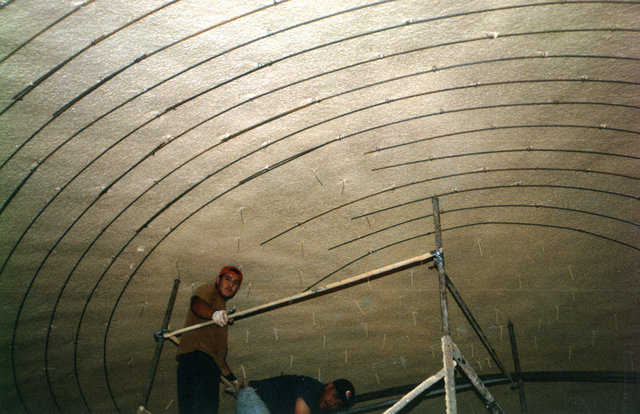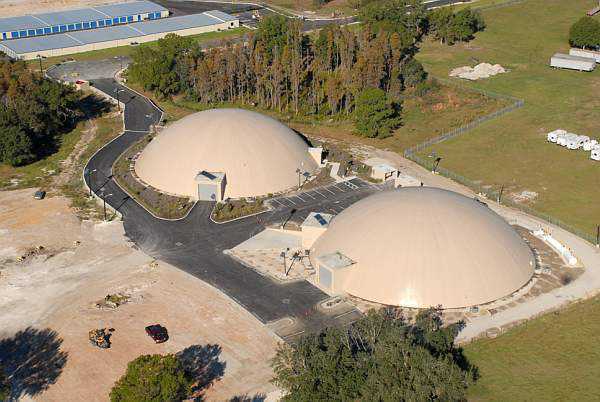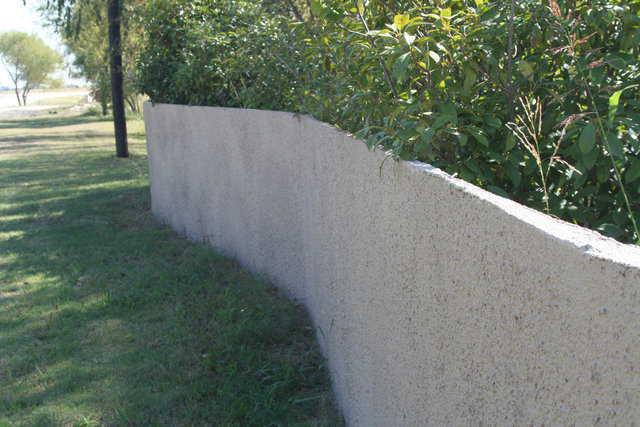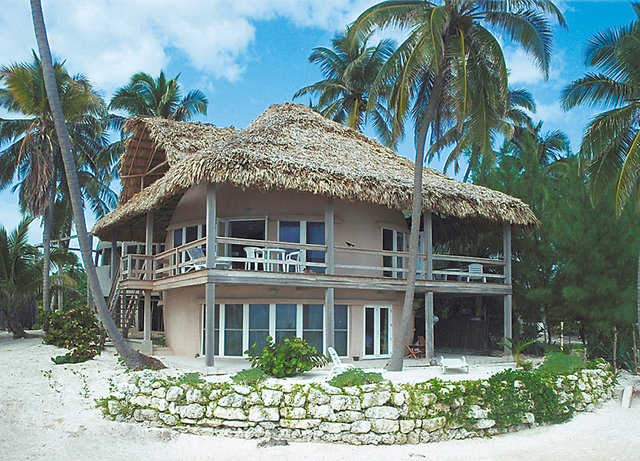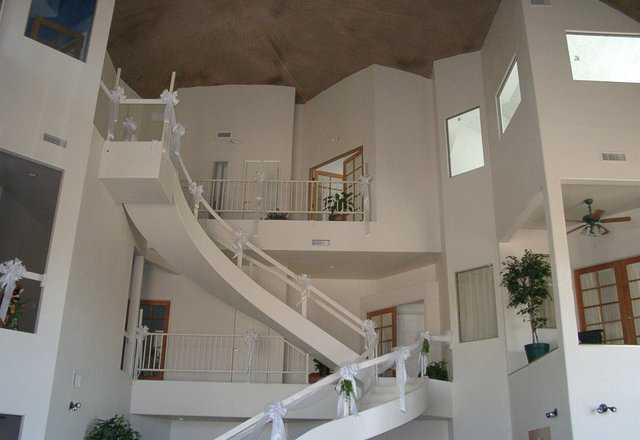Letter From: Kevin McGuckin- The Inn Place at Brenham, Texas

On a stretch of Interstate 35, in Central Texas between Waco and Waxahachie, is an enormous caterpillar. The curious stop to explore and come across Monolithic Dome Village. The caterpillar is a manufacturing warehouse; there are dome offices, dome storage buildings and upwards of 60 domes rented out as single person dwellings. I was informed that these buildings are ‘green’ in every way. They will withstand winds of 450 miles an hour (FEMA rates them as near absolute protection), they are environmentally friendly and have an R value of 60. Their lifespan is measured in centuries, they don’t burn, or rot, or get eaten by termites. I decided to sign up for the workshop that Monolithic offers to learn how to build them.

